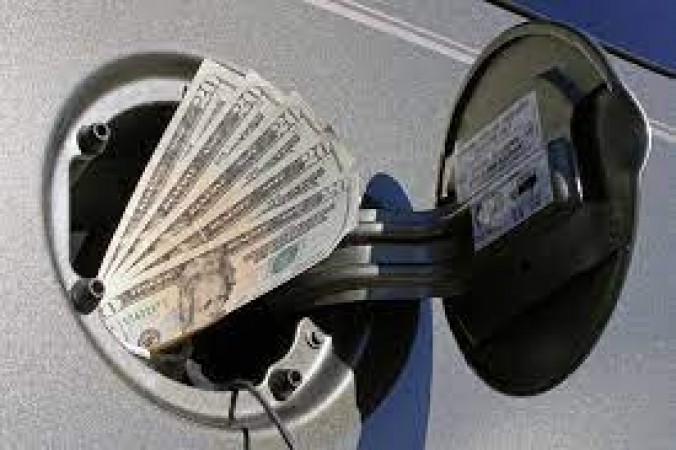
In today's world, where environmental concerns are at the forefront, saving fuel while driving has become more than just a money-saving tactic; it's also a way to reduce our carbon footprint. Whether you're driving a gas-guzzling SUV or a fuel-efficient hybrid, there are several strategies you can employ to maximize your fuel efficiency and make every drop count. Here are some practical tips to help you save fuel while driving:
One of the most effective ways to save fuel is to maintain a steady speed while driving. Rapid acceleration and sudden braking can significantly increase fuel consumption. Instead, try to anticipate traffic flow and maintain a consistent speed whenever possible.
On long stretches of highway driving, cruise control can help you maintain a constant speed, which can lead to improved fuel efficiency. However, it's essential to use cruise control wisely and deactivate it in heavy traffic or hilly terrain where constant speed may not be practical.
Idling consumes fuel without moving your vehicle, so avoid unnecessary idling whenever possible. If you anticipate being stopped for more than a minute, such as at a railroad crossing or a long traffic light, consider turning off your engine to save fuel.
Regular maintenance, such as tuning up your engine, replacing air filters, and ensuring proper tire inflation, can improve your vehicle's fuel efficiency. A well-maintained vehicle operates more efficiently and consumes less fuel.
Driving at high speeds can significantly decrease fuel efficiency due to increased wind resistance. To save fuel, aim to drive at moderate speeds, preferably within the speed limits, as driving too slowly can also be inefficient.
Keep windows closed at high speeds to reduce drag and improve aerodynamics. Using roof racks and carrying items on your vehicle's roof can also increase wind resistance and decrease fuel efficiency, so remove them when not in use.
Avoid congested routes and plan your trips to minimize the time spent in traffic. Choose routes with smoother traffic flow and fewer stops and starts to optimize fuel efficiency.
Carrying excess weight in your vehicle can decrease fuel efficiency, so remove unnecessary items from your trunk or cargo area. Every extra pound you carry requires more fuel to move, so travel light whenever possible.
Anticipating traffic patterns and adjusting your driving accordingly can help you avoid unnecessary acceleration and braking, leading to improved fuel efficiency. Maintain a safe following distance to allow for smoother driving and minimize the need for sudden stops.
Using the manufacturer-recommended fuel for your vehicle can optimize performance and fuel efficiency. Avoid using premium fuel unless specified by your vehicle's manufacturer, as it may not provide any additional benefits and can be more expensive.
If you're in the market for a new vehicle, consider investing in a hybrid or electric model. These vehicles are designed to be more fuel-efficient and environmentally friendly, making them a sustainable choice for conscientious drivers.
Combining errands and planning your trips efficiently can help you save fuel by reducing the total distance traveled. Minimize unnecessary driving by grouping tasks together and taking the most direct routes.
Eco-driving involves adopting fuel-efficient driving habits, such as gentle acceleration, coasting to a stop, and avoiding unnecessary gear changes. By practicing eco-driving techniques, you can maximize your vehicle's fuel efficiency and reduce your environmental impact.
Many modern vehicles come equipped with fuel economy displays that allow you to monitor your real-time fuel consumption. Use this information to adjust your driving habits and maximize fuel efficiency.
When purchasing a new vehicle, consider factors such as fuel efficiency, engine size, and vehicle weight. Opt for smaller, more fuel-efficient vehicles if possible, and research fuel economy ratings before making a decision.
By implementing these tips and techniques, you can significantly improve your fuel efficiency and reduce your environmental impact while driving. From maintaining a steady speed to practicing eco-driving techniques, every small change can add up to significant fuel savings over time. By driving responsibly and conscientiously, you can do your part to conserve fuel and protect the planet for future generations.
Bajaj is bringing the world's first CNG motorcycle, know when it will be launched